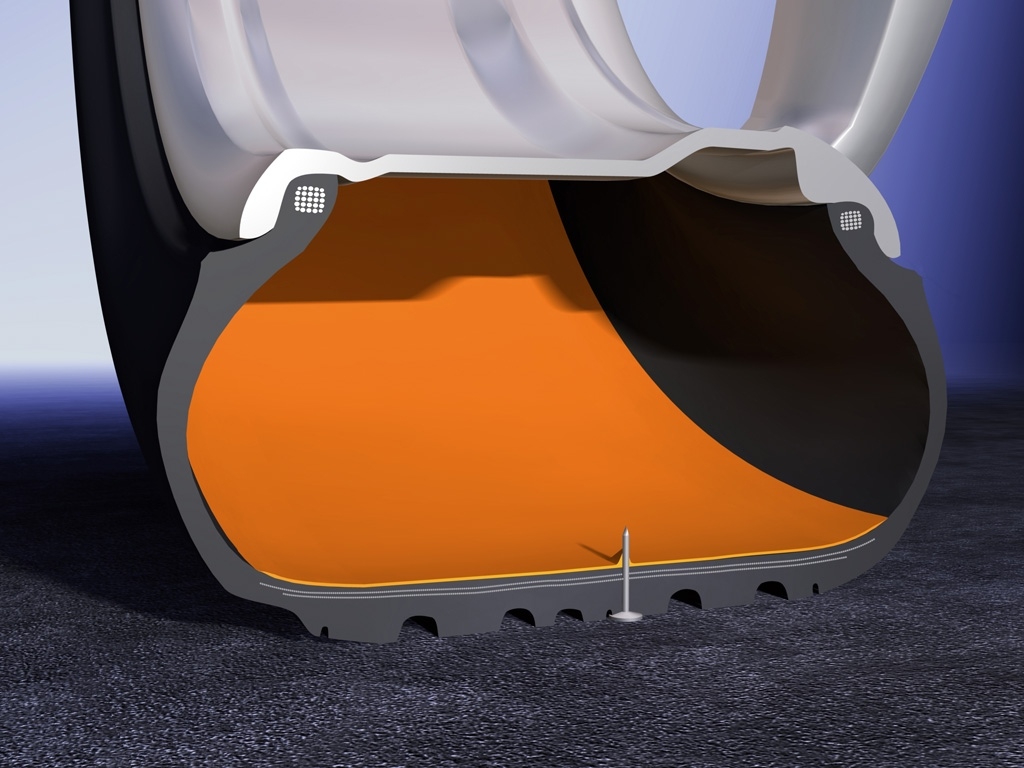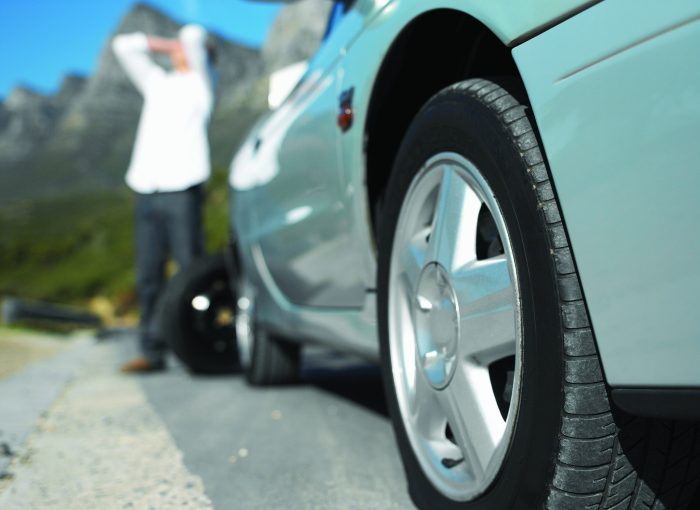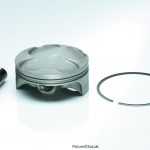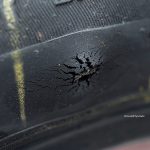Punctures are a pain and tyre makers say they happen to us on average about every five years. Sadly, there’s not much you can do to avoid them. Tyre makers have invented puncture proof tyres but they’re only effective up to a point. Read on to see how viable they really are.
Is there a puncture proof tyre?
First of all, it’s important to note that we’re talking about regular tyres here, not run flat or self-supporting tyres which rely on a super firm sidewall to resist punctures for a short period. Including those, there is currently no such thing as a totally puncture proof tyre.
Tyres are essentially a casing that surrounds air which supports the weight of the car. The tyre is also an important part of how a car rides over bumps and handles going round corners. Although many tyre makers have experimented with solid rubber designs, they haven’t been able to cope with the demands car makers place on them. While a tyre is essentially a casing holding in air, it will always be liable to punctures.
What about puncture resistant tyres?
Yes there are tyres that have been designed to be puncture resistant. They feature a sticky seal that lines the treaded area inside the tyre. When a sharp object pierces the tyre, the air rushing out of the puncture forces the sticky seal into the hole, stopping any more air escaping. If you have a screw or nail in the tyre and pull this out, the sealing mastic in the tyre fills the hole, preventing air escaping for the foreseeable future.

Do they work?
It depends on the kind of puncture. If the puncture is in the treaded area and no more than 5mm across, then yes, they do work. But should the puncture be in the sidewall or more than 5mm, then no, they won’t work.
It also depends on who made the tyre. We’ve tested Continental ContiSeal self-sealing tyres and they work brilliantly, even after running over multiple nails. However, we’ve been told by tyre fitters that the Pirelli equivalent isn’t quite as effective because the layer of seal within the tyre isn’t as thick.
If you have a car with seal technology, it’s important to set up your Tyre Pressure Monitoring System. This is because you may not realise that your tyre is punctured and over time, it could start losing air – depending on the effectiveness of the seal.
Are self-sealing tyres expensive?
The good news is this tech is available on most sorts of tyre. And it’s relatively affordable too. Seal technology adds around 10% to the price of a tyre. OK so it’s extra expense. But if that means you don’t have to change a tyre then it can’t be a bad thing.
How do you get these puncture resistant tyres?
The easiest way is to check your car’s user manual to see what sort of tyres your car was fitted with when it left the factory. Then check that tyre maker’s website to see if they make a tyre with seal technology. If not, consult independent tyre reviews and see which self-sealing tyres offer the best value for money.

I’ve been writing about cars and motoring for more than 25 years. My career started on a long-departed classic car weekly magazine called AutoClassic. I’ve since pitched up at Autosport, Auto Express, the News of the World, Sunday Times and most recently the Daily Telegraph. When I’m not writing about cars and motoring, I’m probably doing some kind of sport or working in my garden.







